
Prevent the Spread of Germs Lesson Plan for Kids
To promote handwashing, students will understand how easily germs can be passed via hands. Afterward, they’ll focus on handwashing practices — so that they can pass the word, but not the germs!
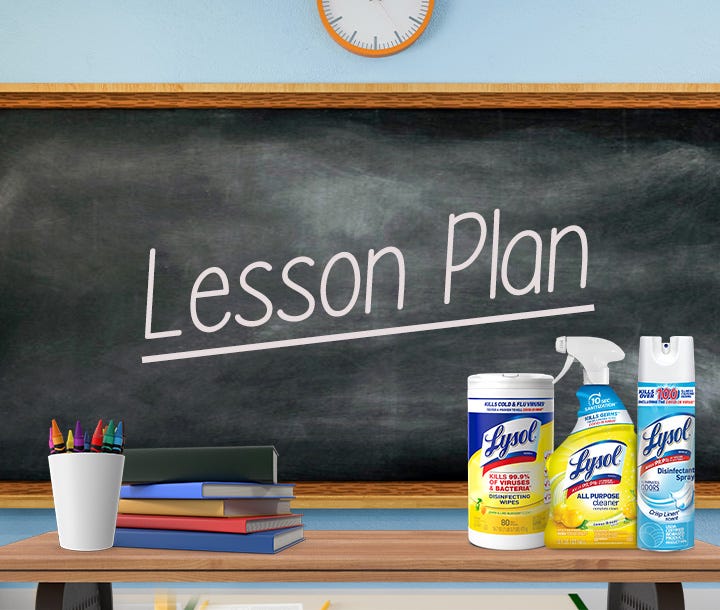
School can be an ideal location for the passing of germs via hand-to-hand contact. Germs can also be transferred via surfaces, but the primary focus of this activity is on hands, and the importance of handwashing.
Goals and Skills
Students Will:
- Understand how germs can be passed via hand-to-hand contact
- Explain and demonstrate germ prevention steps, including proper handwashing
Supplies and Preparation:
- Round sponge or a ball coated with flour
- Optional: Chart paper or poster board
- Optional: Art supplies for creating posters
Instruction Steps
Let’s Talk Germs
Engage students in an introductory conversation about germs, using the following exploratory questions:
What are germs? Can you see them?
(Target Answers: Germs are microscopic/“invisible” to the human eye.)
What do germs do?
(Target Answers: Most are good, but some—like those that cause cold or flu—can make you sick.)
How can you pass germs to others?
(Target Answers: By coughing or sneezing on your hand or touching something that has germs on it, and then touching another hand. That’s why handwashing is so important!)
How easy is it for germs to travel from person to person at school by hitchhiking a ride on everyone’s hands?
(Target Answers: It’s easy; it happens all day long, every day of the year!)
“Hot Potato” Germ Exchange
Gather students together in a circle or group. Engage them in a quick “hot potato” game using a sponge dusted with flour, or just a ball.
Invite students to pass the item around from person to person, as quickly as they can (remind them to try not to drop it). Tell students that the main idea is to avoid holding on to the item for very long.
Have them continue the game for 30 to 60 seconds, passing the item from one person to another. Then, stop the “pass along” and ask how many students touched or held the item. How many touched it more than once?
Now, explain that the ball was actually full of imaginary germs! How many people interacted with these “germs”? How many times? Ask students how easy it was to pass the “germs” along—even without knowing it? What’s the best way to get rid of germs on hands? (Target Answer: Wash them away!)
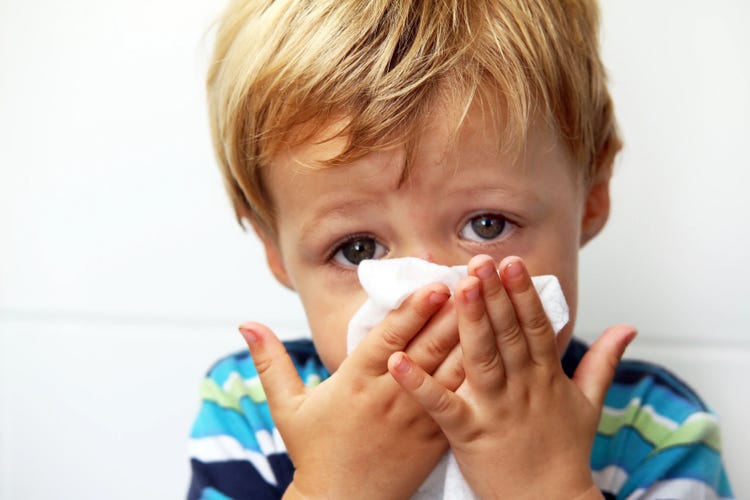
Germ Path Experience Chart
Have students brainstorm how people can spread/receive germs. Ask: What types of activities do you do in which you touch another person, or an item someone else has touched? When do you think you should wash your hands?
Together as a class, create a Germ Path Experience Chart. Include the ways students pass germs along, listing the activities and items the class has defined. (Note: the Experience Chart can be posted and added to over time, as students think of additional situations.)
The chart can also include descriptive words to help students remember how germs spread and that handwashing is their best defense (e.g., germs, dirty surfaces). Have students work quickly in groups of three to create a haiku, poem, or jingle using their key words, and then have them present their creation to the rest of the class.
Make sure each member of the group has a role. For example, one student can facilitate conversation, one student can be the recorder, and one student can present the work to the class.
Turn and Talk
Have students turn to a partner and take turns listing ways that germs can be passed via hand-to-hand contact. See how many they can think of in 60 seconds!
Extend the Lesson
Invite students to use keywords from the Experience Chart to make handwashing reminder flyers/mini posters to post in the cafeteria, gymnasium/all-purpose room, and near sinks throughout the school community.
Home Connection
Talk to parents about the importance of handwashing at home, especially when someone is sick.
Invite families to try the Great Germ Pass-Along Experiment the next time the whole family is together for one hour: keep a running tally chart that counts each time two people touch hands. (Students can be the at-home tally referees by keeping track using “hash marks.”)
When the hour is up, count how many potential germ transfers happened. Conclude by taking a moment for family handwashing!
When to wash your hands
- After you use the bathroom
- Before eating
- Before, during, and after touching food
- After you sneeze
- Before you put on a bandage
- After touching pets or animals (or their toys, leashes, or waste)
- After touching something that could have germs on it (such as a trash can or dirt)
- More often when somebody in your home is sick
- Whenever your hands look dirty
Related Articles
DISCLAIMER:
Healthy Habits® is Presented by Lysol® in collaboration with NEA and National PTA
SOURCES:
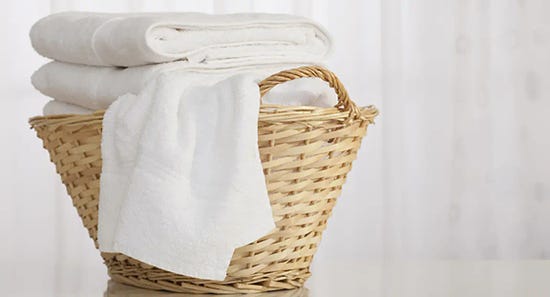

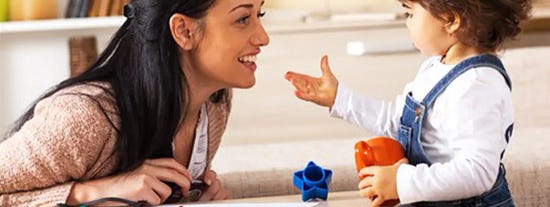
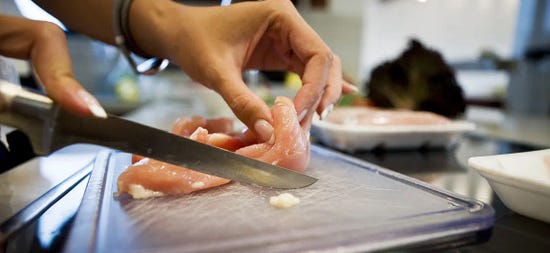



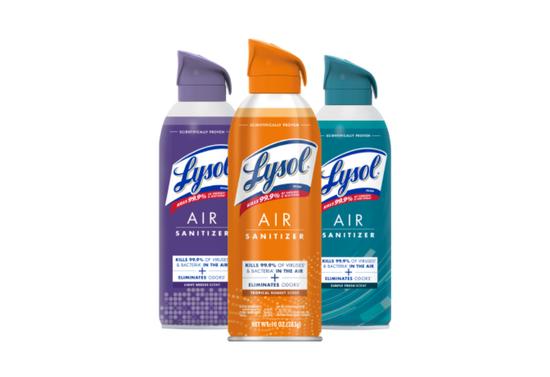
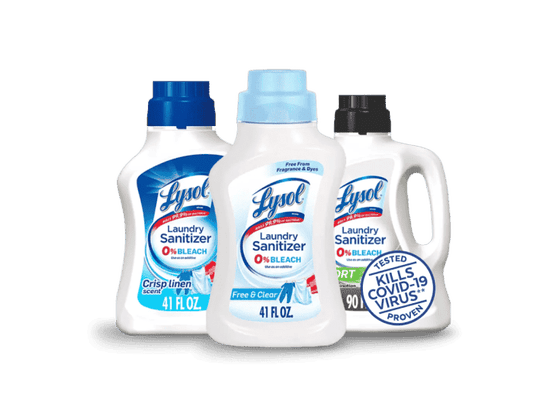
.png?width=550&height=377&format=png&quality=80)

.png?width=550&height=377&format=png&quality=80)
.png?width=550&height=420&format=png&quality=80)
.png?width=550&height=377&format=png&quality=80)
.png?width=550&height=377&format=png&quality=80)
